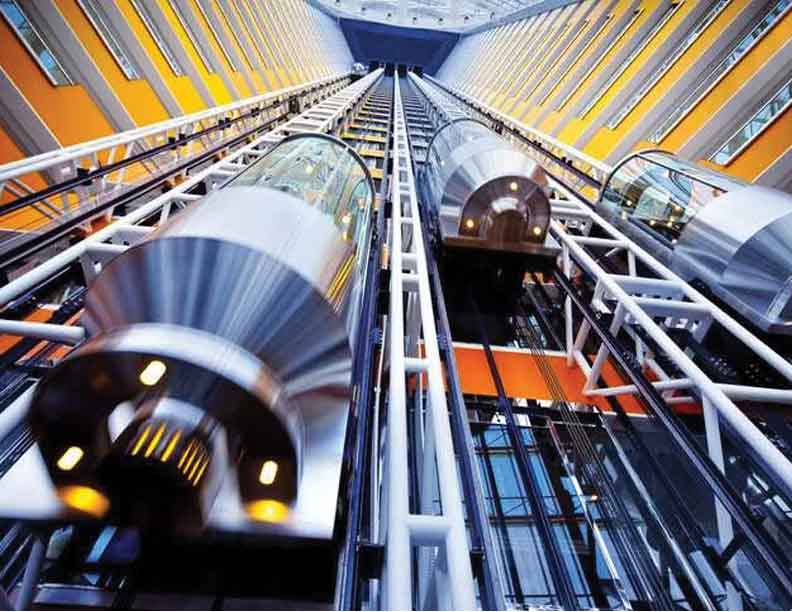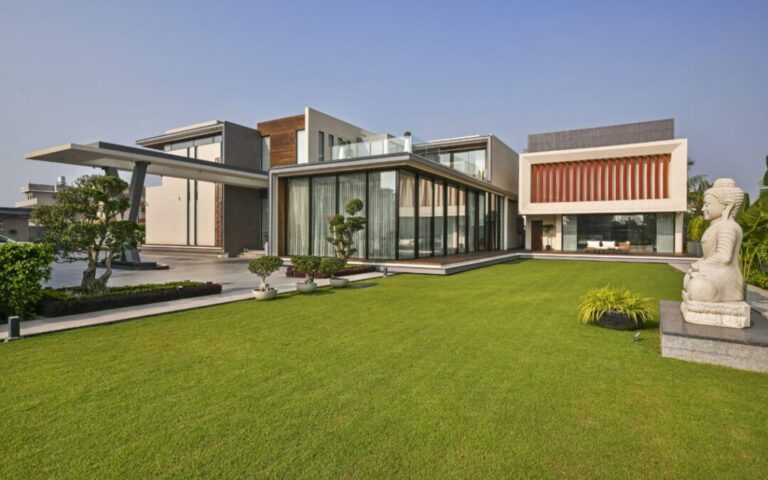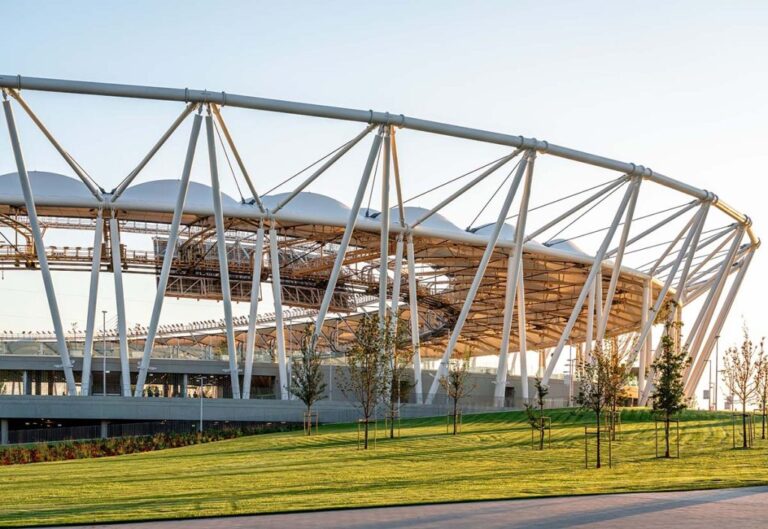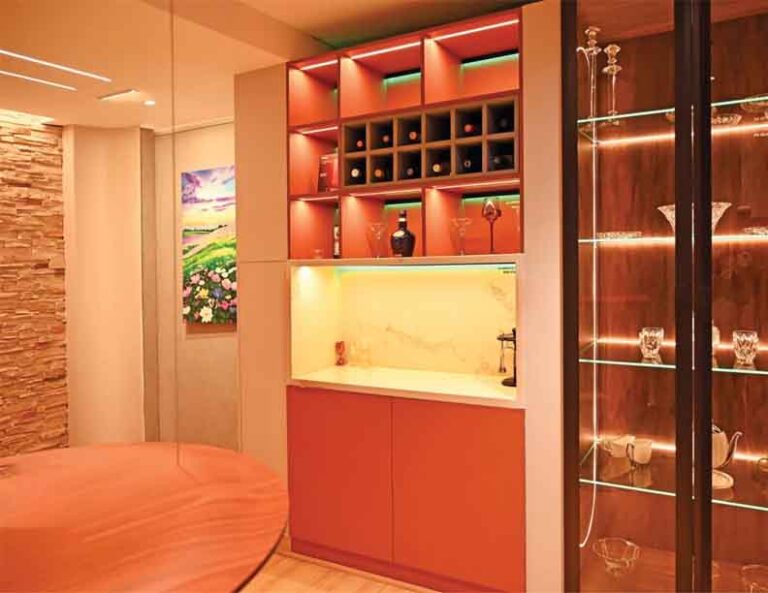In today’s global construction arena, panoramic and glass elevators have evolved far beyond their utilitarian roots. They are not mere vertical conveyances—they are visual sculptural elements that transform buildings into living experiences.
Whether spiraling through high-rise atria or climbing façades, glass elevators reflect a powerful design statement: a commitment to openness, light, and the seamless integration of form and function.
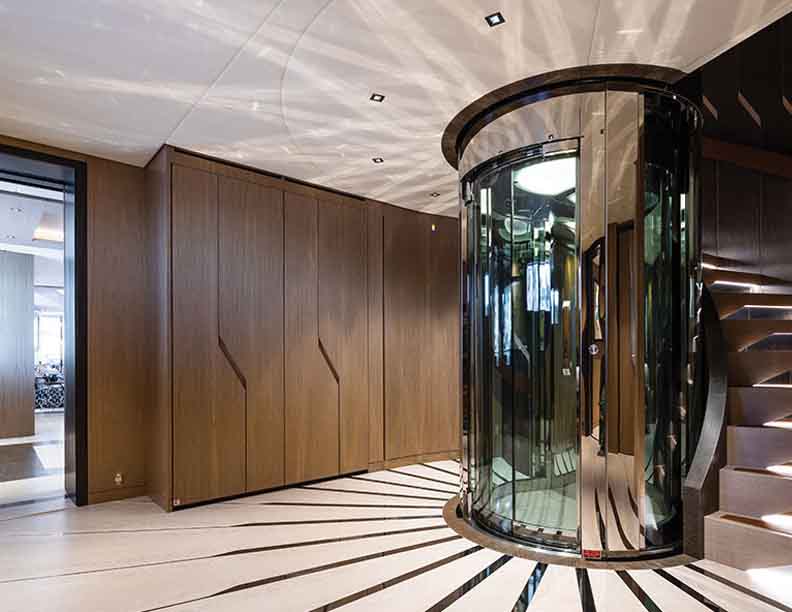
From Invisible to Iconic: A Shift in Elevator Philosophy
Traditionally, lifts have been tucked away in the centre of buildings, behind steel doors that people rarely notice. However, vertical transport has been reimagined as a result of the architectural trend towards transparency and spatial drama. The journey becomes an integral part of the destination thanks to glass lifts and panoramic views. The movement turns into a choreography, and the lift shaft into a theatre. Cityscapes, interior atriums, or picturesque landscapes are incorporated into the daily commute thanks to these installations, which produce visual pauses in the built environment.
This transformation is not merely aesthetic. Architects and developers are increasingly leveraging glass elevators to add spatial depth, introduce natural light, and create an open atmosphere within constrained urban spaces. In doing so, they align design with modern expectations of accessibility, luxury, and sustainability.
Design, Light, and Psychological Space
Transparency is central to the appeal. With their transparent glass walls and occasionally even glass floors, panoramic lifts offer visual coherence between floors. In addition to letting in an abundance of natural light, this openness helps to reduce the claustrophobia that is frequently connected to traditional lifts. Passengers experience a significant psychological benefit as they feel more connected to their surroundings and less confined. This improves orientation and navigation in large public areas like malls, airports, and museums by visually connecting floors and fostering a feeling of spatial coherence.
The elevators themselves can also act as daylighting devices. By capturing and distributing light vertically through a structure, glass elevators contribute to a more sustainable indoor environment. This design tactic reduces dependency on artificial lighting and complements green building strategies.

Elevators as Experience: Iconic Installations Worldwide
Panorama lifts are not only practical requirements but also emotional and experiential features found in some of the most famous structures in the world. Passengers can enjoy unhindered views of the skyline, the Puget Sound, and the far-off snowcaps of Mount Rainier from the newly renovated glass lifts at the Seattle Space Needle, which rise 520 feet in less than a minute. Otis redesigned the lifts as part of a $100 million renovation to improve their appearance and efficiency.

“Glass Panoramic Lifts redefine the conventional elevator experience, providing a breathtaking view of the surroundings while ascending or descending… they create an impression of spaciousness, making them ideal for commercial settings where aesthetics matter.”
In Luxembourg, the Pfaffenthal Panoramic Elevator provides a vital link between the upper city and the Alzette valley below. Suspended on a slender vertical shaft, the transparent cabin glides silently over the cliffside, offering locals and tourists a thrilling view of the historic cityscape. It has not only improved mobility but become a landmark in itself—proof of how infrastructure can double as urban artwork.
Asia, too, boasts spectacular examples. The Bailong Elevator in China’s Zhangjiajie National Forest Park is the tallest outdoor glass elevator in the world, built into a cliff face and offering visitors an awe-inspiring view of the surrounding karst peaks. With its dual function as transportation and tourist attraction, it epitomizes the dramatic potential of panoramic lift design.
Engineering Considerations and Innovations
Designing with glass is not without its challenges. Structural integrity, acoustic insulation, thermal performance, and safety regulations must be meticulously addressed. Modern glass elevators use laminated or tempered safety glass that is both impact-resistant and compliant with fire codes. Special coatings can control heat gain and glare, while advanced sealing systems ensure weatherproofing in outdoor or partially exposed applications.
From a mechanical standpoint, many panoramic elevators use machine-room-less (MRL) traction systems or gearless drives to minimize space and noise. Regenerative drives, which capture and reuse energy from descent cycles, are becoming increasingly common in both commercial and residential models. These technologies not only make the elevators more efficient but also align them with the sustainability goals of green building certifications such as LEED and IGBC.
A Statement of Luxury, Accessibility, and Inclusion

“A panoramic glass elevator and encasing staircase cuts through the one‑of‑a‑kind building, giving visitors wide‑ranging views of the compound and the city around it.”
Beyond aesthetics and engineering, panoramic elevators symbolize a new architectural ethos—one that values inclusion, dignity, and experience. Their transparency fosters visibility and encourages social interaction, making them particularly effective in environments that serve diverse populations. For older adults or people with disabilities, these elevators provide not just mobility but a sense of connection to their environment.
At the same time, their visual elegance contributes to property valuation. For developers, adding a panoramic elevator can elevate the perceived quality of a space, attract premium tenants or buyers, and create marketing differentiation in competitive real estate markets.
Conclusion: Elevators that Inspire and Connect
Panoramic and glass elevators have become powerful tools in the architect’s arsenal—not just functional solutions, but artistic interventions. As cities grow taller and spaces grow more compact, these elevators offer more than just a ride: they offer light, view, connection, and identity. Whether embedded in a private villa, climbing the exterior of a public tower, or floating through the atrium of a luxury hotel, they redefine how we experience architecture vertically.
In the future, as smart controls, new materials, and energy innovations continue to evolve, panoramic elevators are set to become even more integrated into the soul of buildings. Their rise mirrors that of the modern building itself—transparent, inclusive, and designed for human experience at every level.


– Mr. Dameem Ansari, Ansari & Associates, Chennai



